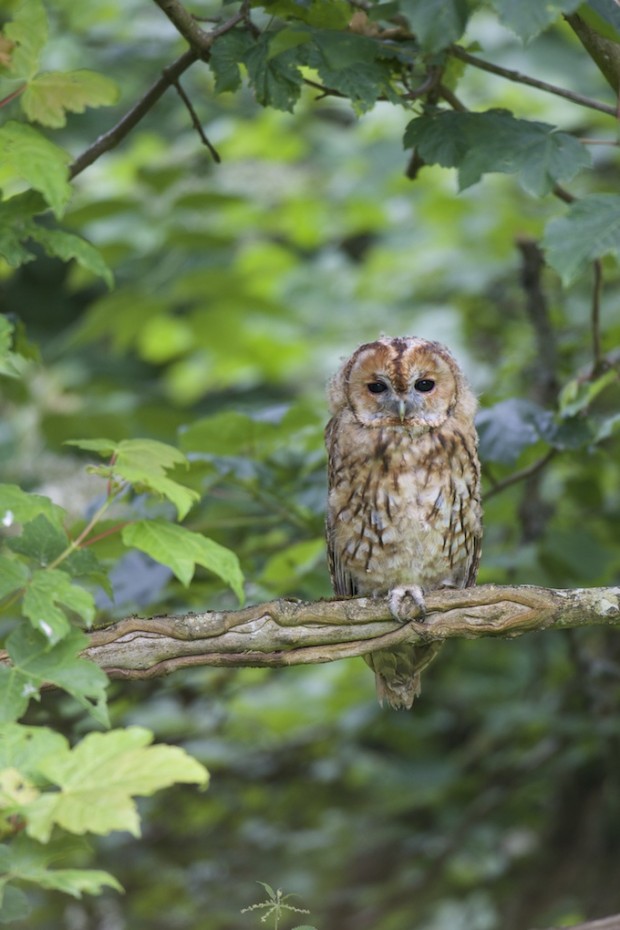Owl-O-Ween
Nocturnal animals are often used to symbolize all things Halloween and one species I’ve been hearing a lot around the reserve this week is the Tawny owl, which is one of the most common owls in the UK.

It is a relatively small bird (about the size of a pigeon) with a rounded head and large brown eyes. Its upper feathers are usually a reddish-brown with a paler underside and lighter patches on its wings and head. They can be found in a range of habitats including woodland, farmland, parks and urban areas. They tend to nest in tree hollows but will also use buildings, disused nests of crows and magpies and even squirrel dreys.
As the evenings draw in you can hear its calls around two hours after sunset in autumn and winter. They are very territorial birds and will call to mark the boundaries of their territories. We tend to notice them calling more in the autumn as this is the time that resident pairs are defending their territories against young owls that have dispersed from breeding grounds and are trying to establish their own. They have a repertoire of around 12 basic calls and sounds can often differ between males and females. The classic ‘too-wit too-woo’ call is actually a male and female owl calling to each other – the female makes the ‘too-wit’ sound and the male answers with ‘too-woo’. If you are planning on taking the kids trick or treating this weekend be sure to listen out for some of these spooky sounds in the trees!
Rebecca Crawford – Assistant Ranger, Scottish Wildlife Trust
Help support our vital work and join us today!
Help protect Scotland’s wildlife
Our work to save Scotland’s wildlife is made possible thanks to the generosity of our members and supporters.
Join today from just £3 a month to help protect the species you love.
Preface
Nocturnal animals are often used to symbolize all things Halloween and one species I’ve been hearing a lot around the reserve this week is the Tawny owl, which is one …
